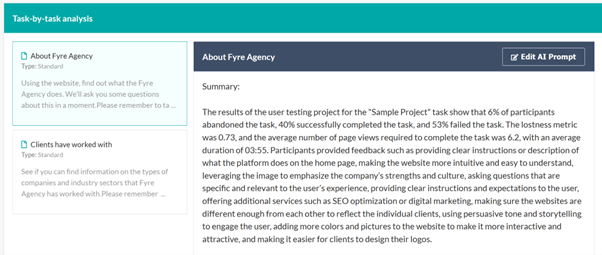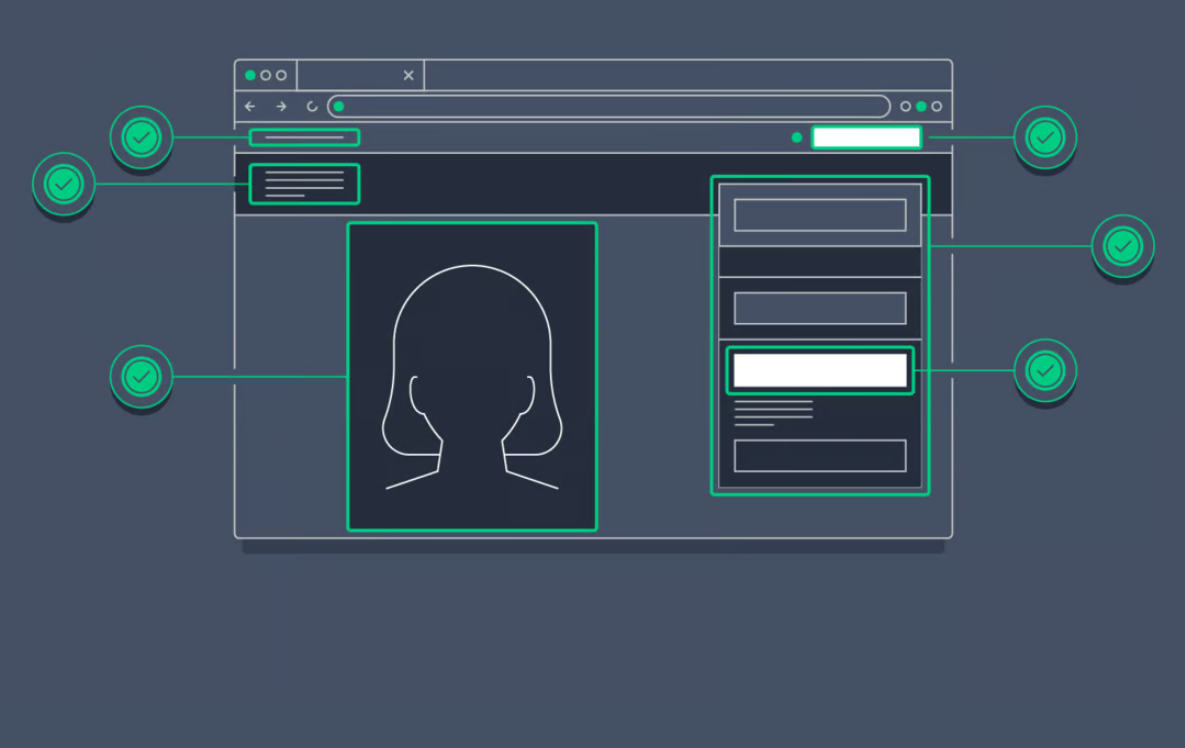Businesses in the modern online world need to focus heavily on creating a UX-based conversion funnel to appeal to the modern consumer and stay ahead of the competition. That means that you need to leverage site, app, and mobile UX to inspire people to take action, follow the path down the conversion funnel, and ultimately become repeat customers.
This is a long and winding road for most customers that don’t have a clearly laid out path with good UX features and a seamless experience across platforms. After all, it’s not just about your website or just about your app’s UX, it’s about connecting the experience across all your platforms to create a seamless journey for the user.
With that in mind, today we are taking a look at how you can decide between different versions of different UX and UI features to not only create a unified cross-platform experience, but choose the best versions for your customers. Here’s how A/B testing helps you get there.
What is A/B testing?
A/B testing is a user experience research methodology that compares two variants to gather data on the variant best suited for the user, the brand, and the goals of both. You can apply an A/B test on any product, service, brand element, or UI and UX variant when you need to collect relevant feedback and decide between two strong contenders.
Typically, A/B testing is applied to marketing and sales processes in an attempt to leverage A/B testing for lead generation through emails and messaging in general, but this methodology is also crucial for developers aiming to boost conversions through website, app, and mobile UX.
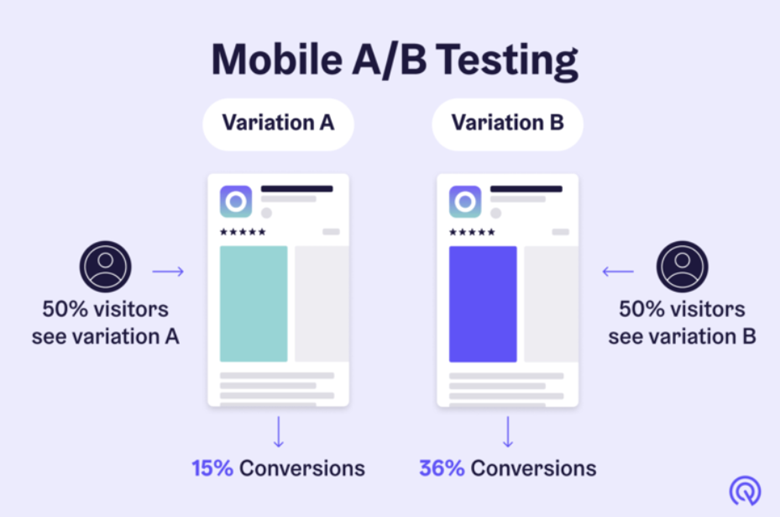
To that end, you can use two variants of your website or one specific page, two versions of the app, or two versions of your mobile view to get crucial feedback directly from your users.
The importance of using A/B testing tools
Business leaders and project managers need to make use of technologies that not only streamline crucial processes, but provide more accurate data efficiently and effectively for UX design. You can always conduct A/B testing for small-scale projects and when you’re using small sample sizes, but if you want to gather as much relevant data as possible, you need to automate the testing process.
This is a big part of marketing automation nowadays, as using a marketing automation tool that can generate meaningful insights in real time is a cost-effective way to speed up UX decision making and development. Automation in this sense is invaluable when you need to decide on a variant quickly in order to push the product to market at the right time.
Doing it manually can, therefore, prolong the process and leave plenty of room for human error. You can avoid this by using a dedicated A/B testing tool that will automatically collect and collate the data, and give you real-time reports so that you can make the right decision quickly.
User and market research
It should go without saying that A/B testing will only produce the desired, relevant results if you set it on the right foundation. Setting the foundation for good A/B testing means conducting thorough research to uncover the industry, consumer, audience, competitor, and market traits relevant to your brand and your products.
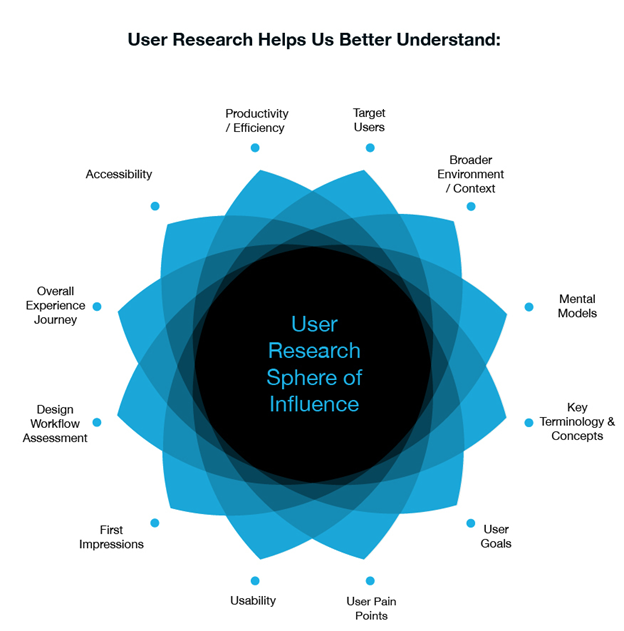
You need this crucial data in order to create A and B variants that are actually relevant to your potential customers. For example, say you’re trying to break into the solar industry, selling solar panels and equipment – you’d need to A/B test everything from your website to your marketing materials and more. This is because solar, like a myriad of other business ideas, is a highly lucrative but highly localized business.
Your success would depend on your ability to project the right messaging, visuals, and UX elements to a highly specific target demographic. This goes for businesses selling specialized goods but also for companies that are targeting a variety of global markets, so research is key if you want to come up with viable A and B variants.
Setting up A/B tests for the conversion funnel
Different A/B tests will serve different stages and pillars of the conversion funnel. Remember, there is no cookie-cutter solution for all your customers, because different people are at different stages of the funnel, meaning that they will respond best to different UX features, marketing, and sales tactics.
Staying flexible and personalizing the journey through the funnel will, therefore, be crucial for long-term success. Make sure to observe the five stages and create variants A and B for each:
- Awareness
- Interest
- Consideration
- Action
- Retention
For example, getting higher conversion rates on your landing pages will require A/B testing to see which landing page UX performs best, but based on specific user intent and their position in the funnel. Remember, not everyone is ready to buy, which is why you need different landing page variants on your website to inspire action that will lead to conversion.
Following up with the data to the end of the funnel
Speaking of the funnel and its stages, one of the biggest mistakes project managers and sales leads can make is to not follow up with the data. What this means is that A/B testing data should drive decision-making throughout the funnel, from the Awareness to the Retention stage.
You can only increase your website’s conversion rate or boost conversions in your app if you use A/B testing at every stage, but also if you make sure to leverage that data for the funnel as a whole.
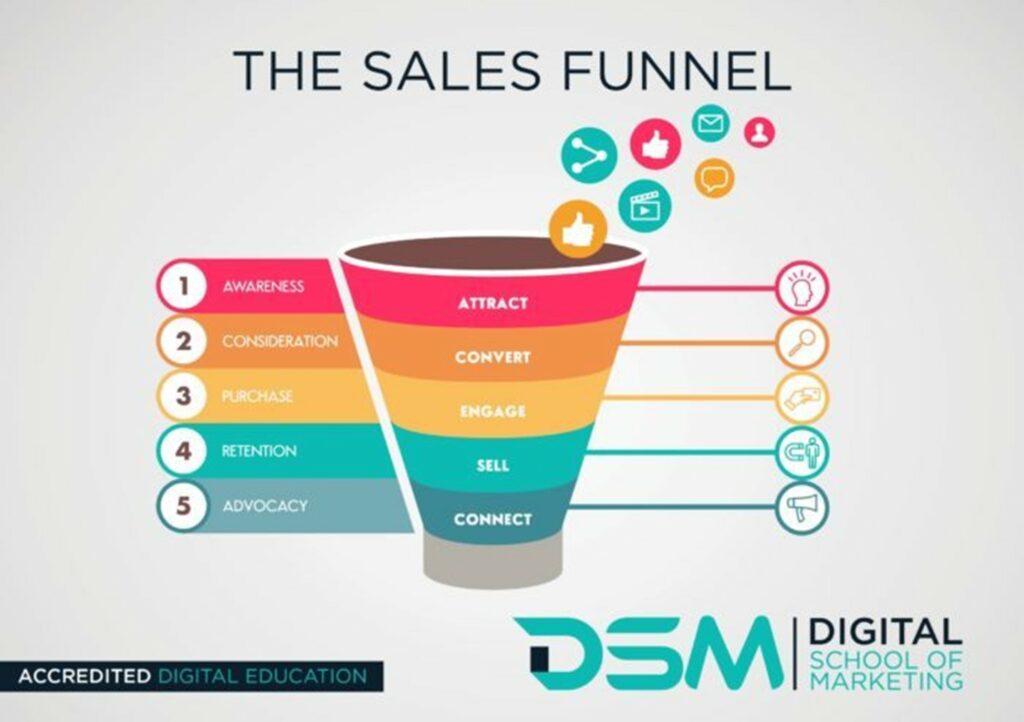
In other words, crucial data at the Interest stage might uncover why you’re failing to convert people at the Decision stage, while the data and A/B results from the Retention stage might tell you how to best hold on to people who are at the Awareness stage.
Over to you
In the end, there is no denying that A/B testing is a valuable tool when you need to compare two variants and decide on the best option not just for your brand, but for your users and customers. You can use A/B testing to achieve a variety of marketing, sales, and operational goals, and this methodology can prove instrumental in building a conversion funnel based on stellar user experience.
- 5 Steps for Great Ecommerce UX Throughout the Funnel - January 16, 2024
- Designing Intuitive Payment Flows for Enhanced User Experience - October 31, 2023
- Gamification in UX Design: Enhancing User Experience and Engagement - September 26, 2023
![]() Give feedback about this article
Give feedback about this article
Were sorry to hear about that, give us a chance to improve.







